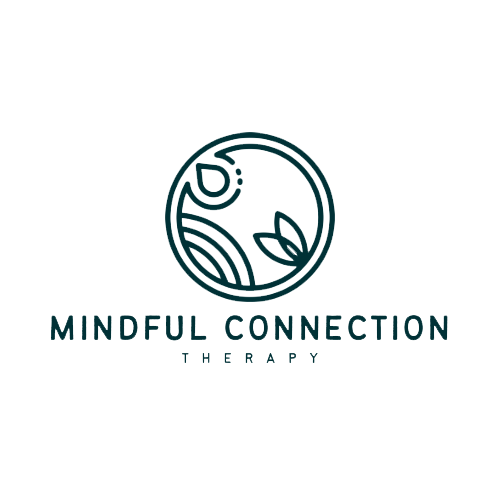Is it shame?
Patricia DeYoung, psychotherapist and author of Understanding and Treating Chronic Shame, defines shame as “the experience of one’s felt sense of self disintegrating in relation to a dysregulating other” (DeYoung, 2015, p. 18). According to DeYoung’s definition, shame is not an individual problem, but rather an interpersonal one. Shame is relational. The shame seed can get planted in early development when expectations for child-caregiver attunement and regulation becomes fragmented. Misattunement can happen on a spectrum from momentary disconnection to trauma and abuse.
Guilt is not shame. Both guilt and shame can create emotional, somatic, and psychological discomfort. Guilt arises when our actions and behaviors are pitted against our values and core beliefs. On other hand, shame is the feeling that we are inherently flawed and unworthy of love and connection. Guilt is adaptive whereas shame has repercussions across our sense of freedom, choice, and personal responsibility. Shame can leave us mistrusting of others, and ultimately, ourselves.
Why is shame an LGBTQ+ issue? Dominant cultural narratives tend to get parsed in binaries of right/wrong, natural/unnatural, good/bad, etc. I’m defining dominant culture as a top-down hierarchy of who gets access to what according to sociopolitical modes of power. In the US, dominant culture is white, middle-class, heterosexual, and male. Adding here that dominant culture is a practice, not a given. In order for dominant culture to remain rooted in US consciousness, it relies on systems of oppression. Folks with differing sociocultural locations (race, ethnicity, sexual attractions, gender identity) are “Othered” by dominant culture along the lines of an “us and them” binary. Why is this important? It can cause all sorts of cultural messages from micro-aggressions to macro-aggressions, etc. to get lodged into the psyche and nervous systems of LGBTQ+ folks, and over periods of frequency and time, become the way in which we self-identify and make meaning of the world. These messages, or faulty narratives, can show up in our perception of self-in-the-world and interpersonal relationships. Furthermore, it can acerbate existing shame.
How do we work on this in therapy? Creating right-brain to right-brain connections is start. By developing a growing sense of trust through mutual attunement, we begin to co-create new narratives of safety and security. Right-brain to right-brain attachment based, emotion-focused attunement can assist with re-wiring those early patterns that were stored outside of awareness. Neural plasticity is lifelong. It’s never too late to form new synaptic connections and neural pathways. A secure based allows freedom to explore your world, stay curious, be adaptive and responsive, learn from initial reactions and create change.
DeYoung, P. (2015). Understanding and Treating Chronic Shame: A Relational/Neurobiological Approach. New York, NY: Routledge.

